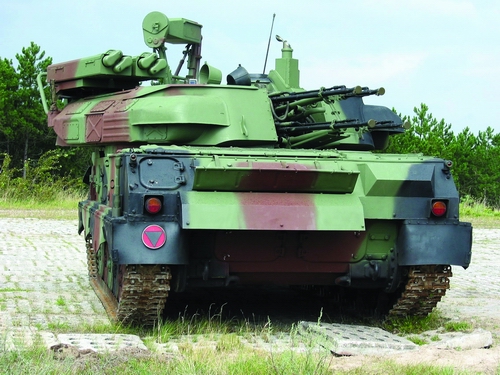Not exactly a spotter...
With some newest missiles, just need to know the general area they are in.
Then launch a fire and forget missile like Brimstone, Hellfire Longbow or some Spike models, programmed to go to said area, turn on its seeker (IR or active radar usually), which looks for targets resembling what is known to be there, and attacks what it finds.
Btw many anti-ship missiles work that way since a long time, anyone who played Harpoon or its newer incarnations knows this.
With some newest missiles, just need to know the general area they are in.
Then launch a fire and forget missile like Brimstone, Hellfire Longbow or some Spike models, programmed to go to said area, turn on its seeker (IR or active radar usually), which looks for targets resembling what is known to be there, and attacks what it finds.
Btw many anti-ship missiles work that way since a long time, anyone who played Harpoon or its newer incarnations knows this.



